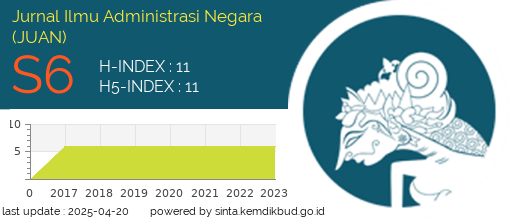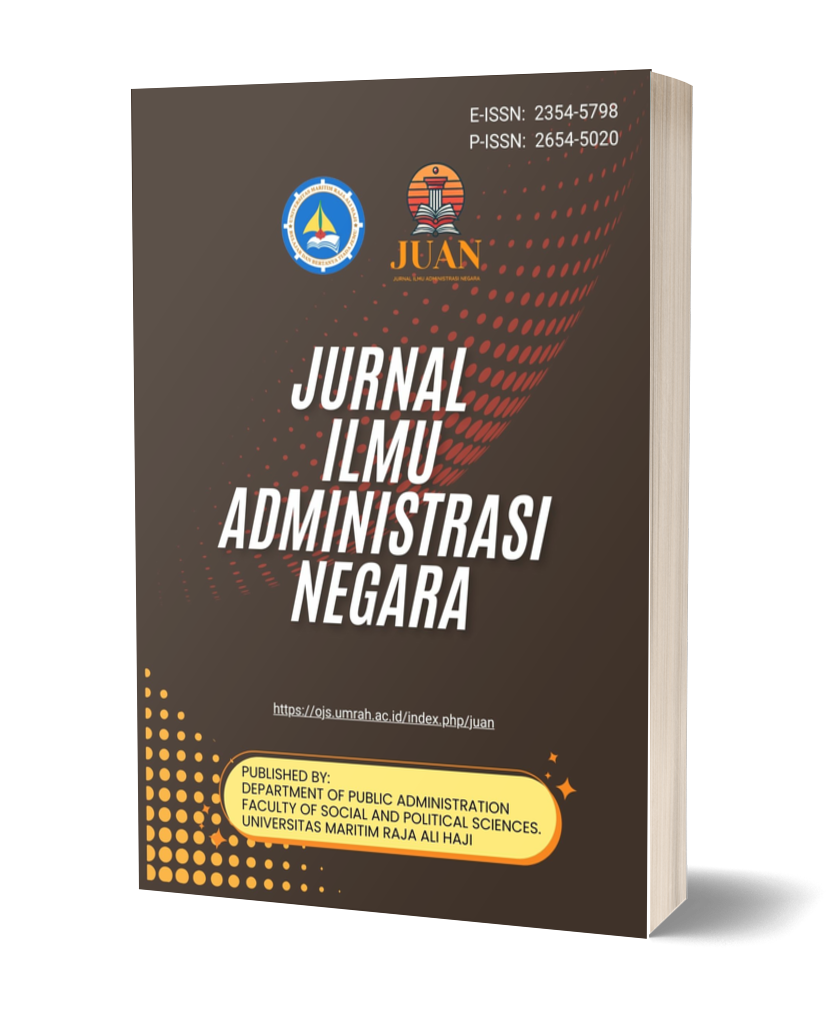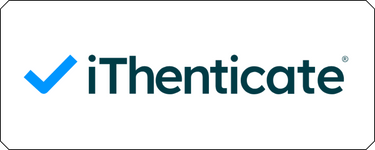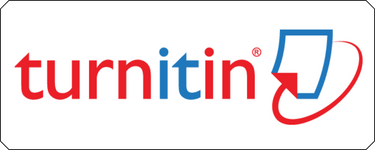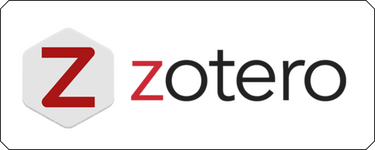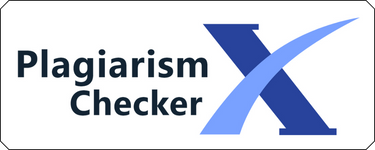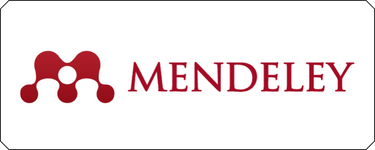Dampak Desentralisasi terhadap Kapabilitas Kepala Daerah (Studi Kasus Gubernur Riau Periode Tahun 2008-2013)
Keywords:
Desentralisasi, Kepala Daerah, Gubernur RiauAbstract
Leadership of the government (regional head) which is run centrally by the New Order regime was the forerunner for the implementation of the system of government that does not give an opportunity to the region to grow and progress. The occurrence of the reform era in which the shift change to decentralized government system that enhances the value of the substance of democracy. But the journey euphoria of regional autonomy as the Regional Head of the local authorities is getting stronger. Evidence of this, real happens area is the practices of KKN (corruption, Corruption and Nepotism) occur far in the achievement of decentralization expectations. The purpose of the study in this study is to discuss capability, even though each regional head is elected by the people. Researchers have done with qualitativ case studies in Riau province. The issue of inequality is specifically in terms of leadership obligations culminating from historical factors that provide a very large role for the leadership of the Regional Head as a regional authority. The issue is in which particular inequality in terms obligation culminating leadership of the historical factors that give a very big role for the leadership of the head area.
Downloads
References
___. (1999). Undang - Undang Republik Indonesia Nomor 22 Tahun 1999 Tentang Pemerintahan Daerah. Jakarta. Retrieved from http://www.dpr.go.id/dokjdih/document/uu/UU_1999_22.pdf
___. (2014). Undang - Undang Republik Indonesia Nomor 23 Tahun 2014 Tentang Pemerintahan Daerah. Jakatra. Retrieved from https://pih.kemlu.go.id/files/UU0232014.pdf
Agustino, L. (2010). Pilkada dan Redistricting : Dinamika Politik Lokal dalam Politik Indonesia yang Terdemokrasi. Pamong Praja, 1(16), 14–34.
Astomo, P. (2014). Penerapan Prinsip-Prinsip Pemerintahan yang Baik dalam Penyelenggaraan Pemerintahan, (64), 401–420.
Bas, B. M. (1990). Handbook of Leadership: a Survey of Theory and Research, 1188.
Beck, T., Clarke, G., Groff, A., & Walsh, P. (2001). New tools in comparative political economy: The Database of Political Institutions. World Bank Economic Review, 15(1), 165–176.
Dwiyanto, A. (2003). Reformasi tata pemerintahan dan otonomi daerah. Pusat Studi Kependudukan dan Kebijakan, Universitas Gadjah Mada.
Etzioni, E., & Halevy. (2002). Bureaucracy and democracy a political dilemma. (P. Scienc, Ed.) (Vol. 7). London and New York.
Freeman, R. E., & Stewart, L. (2006). Developing Ethical Leadership. Bridge Paper. Business Roundtable Institute for Corporate Ethics. https://doi.org/10.1007/978-90-481-9106-2
Grindle, M. S. (2004). Good Enough Governance: Poverty Reduction and Reform in Developing Countries. Governance, 17(4), 525–548. https://doi.org/10.1111/j.0952-1895.2004.00256.x
Habibie, B. J. (2006). Detik-Detik yang Menentukan: Jalan Panjang Indonesia Menuju Demokrasi. jakarta: THC Mandiri.
Haris, S. (2007). Desentralisasi dan Otonomi Daerah : Desentralisasi, Demokratisasi & Akuntabilitas Pemerintah Daerah. (S. Haris, Ed.).
Hellman, J. S., Jones, G., Schankerman, M., & Kaufmann, D. (1999). Measuring Governance, Corruption, and State Capture: How Firms and Bureaucrats Shape the Business Environment in Transit. The World Bank. https://doi.org/10.1596/1813-9450-2312
Kingsley, G. T. (1996). Perspectives on Devolution. Journal of the American Planning Association, 62(4), 419–426. https://doi.org/10.1080/01944369608975709
Kotter, J. P. (1996). Leading Change (p. 187). Harvard Business School Press.
Manz, C. C., & Sims, H. P. (2001). The new superleadership : leading others to lead themselves. Berrett-Koehler Publishers.
Mawhood, P. (1989). State Formation in Tropical Africa. International Political Science Review, 10(3), 239–250. https://doi.org/10.1177/019251218901000306
Osborne, D., & Gaebler, T. (1993). Reinventing Government. Leadership Abstract, 6, 1–3.
Politis, J. D. (2002). Transformational Leadership and Transactional Leadership enabling (disabling) knowledge acquisition f self-managed teams: the consequences for performance. Leadership & Organization Development Journal, 23(4), 186–197. https://doi.org/10.1108/01437730210429052
Quinn, R. E., & Spreitzer, G. M. (1997). The road to empowerment: Seven questions every leader should consider. Organizational Dynamics, 26(2), 37–49. https://doi.org/10.1016/S0090-2616(97)90004-8
Rivera-Batiz, F. L. (2002). Democracy, Governance, and Economic Growth: Theory and Evidence. Review of Development Economics, 6(2), 225–247. https://doi.org/10.1111/1467-9361.00151
Rondinelli, D. A., Nellis, J. R., & Cheema, G. S. (1983). Decentralization in developing countries. World Bank Staff Working …, (581), 110.
Sellers, J. M., & Lidstrom, A. (2007). Decentralization, Local Government, and the Welfare State. Governance, 20(4), 609–632. https://doi.org/10.1111/j.1468-0491.2007.00374.x
Sifonis, J. G., & Goldberg, B. (1996). Corporation on a tightrope : balancing leadership, governance, and technology in an age of complexity. Oxford University Press. Retrieved from http://cds.cern.ch/record/1250175
Sumarto, & Sj, H. (2004). Inovasi, partisipasi dan good governance : 20 prakarsa inovatif dan partisipatif di Indonesia. Jakarta: Yayasan Obor Indonesia. https://doi.org/2004
Weiss, T. G. (2000). Governance, good governance and global governance: Conceptual and actual challenges. Third World Quarterly, 21(5), 795–814. https://doi.org/10.1080/713701075
Downloads
Published
Issue
Section
License
You are free to:
- Share — copy and redistribute the material in any medium or format for any purpose, even commercially.
- Adapt — remix, transform, and build upon the material for any purpose, even commercially.
- The licensor cannot revoke these freedoms as long as you follow the license terms.
Under the following terms:
- Attribution — You must give appropriate credit, provide a link to the license, and indicate if changes were made . You may do so in any reasonable manner, but not in any way that suggests the licensor endorses you or your use.
- ShareAlike — If you remix, transform, or build upon the material, you must distribute your contributions under the same license as the original.
- No additional restrictions — You may not apply legal terms or technological measures that legally restrict others from doing anything the license permits.


